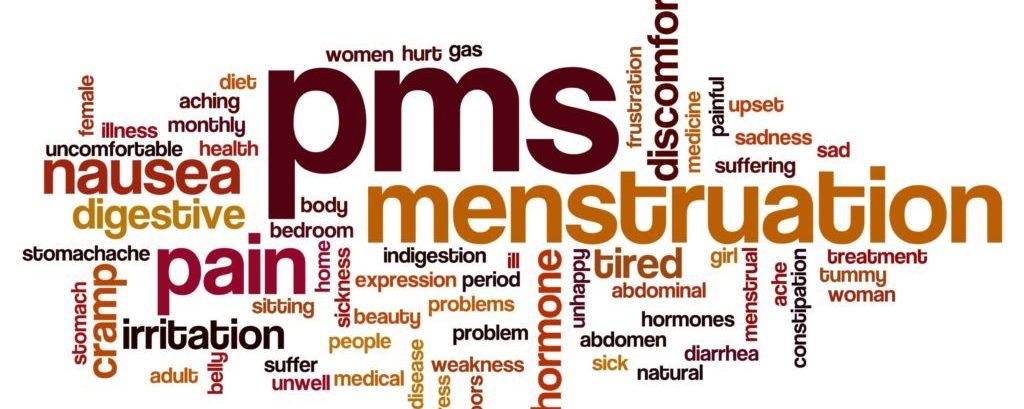Oestrogen detoxification - Why gut health is so important
Posted by Rebecca
PMS – Mood swings – Irritability – Heavy periods – Painful periods – Breast tenderness?
These are all symptoms of too much oestrogen in the body, known as oestrogen excess where there is too much oestrogen relative to progesterone. Oestrogen plays a beneficial role across many body systems like glucose balance, bone health, cardiovascular health, fertility, and immunity, but too much oestrogen can lead to a variety of problems and is linked to chronic health conditions such as breast and uterine cancer. Like goldilocks and the three bears, we need just the right amount of oestrogen.
So, how can we support our bodies to balance the amount of oestrogen we have and remove any excess?
Our body removes oestrogen in three steps. The first two steps occur in the liver preparing the oestrogen molecules for excretion. The final step is excretion via the bowel or kidneys.
To reduce symptoms caused by oestrogen excess, we need to address each step. Starting with our gut health.
The liver packages oestrogen ready for excretion via the stool. However certain bacteria in the gut increase the activity of beta-glucuronidase, an enzyme that unpackages the oestrogen and sends it back to the liver and into circulation. Increasing the work-load of the liver and increasing oestrogen levels in the body worsening symptoms.
A healthy balance of beneficial bacteria reduces the impact of beta-glucuronidase and increases the excretion of oestrogen.
My top 3 tips for improving your gut health and increasing oestrogen excretion from the body.
1. Include a wide variety of vegetables in your diet, they provide fibre and prebiotics, which supports daily bowel movements and feed our beneficial bacteria.
2. Water is needed to hydrate the bowel, soften stools and reduce constipation. If you are constipated (less than a daily bowel movement) you are not removing your oestrogen.
3. Reduce you sugar and alcohol intake. Sugar feeds pathogenic bacteria and yeasts, which leads to dysbiosis (an imbalance of beneficial and pathogenic bacteria). Alcohol loosens the tight junctions in our gut wall, allowing toxins from pathogenic bacteria to enter circulation, placing an additional burden on the liver.
Share this post:



